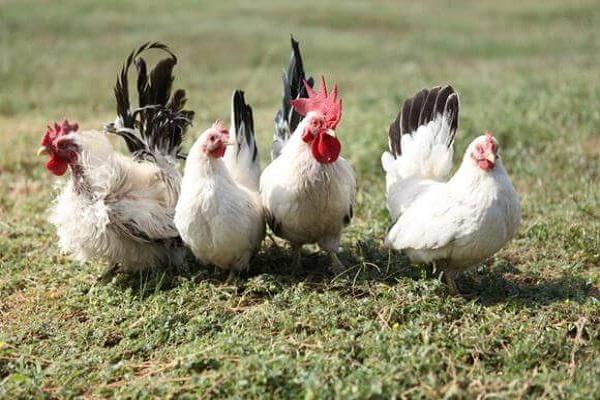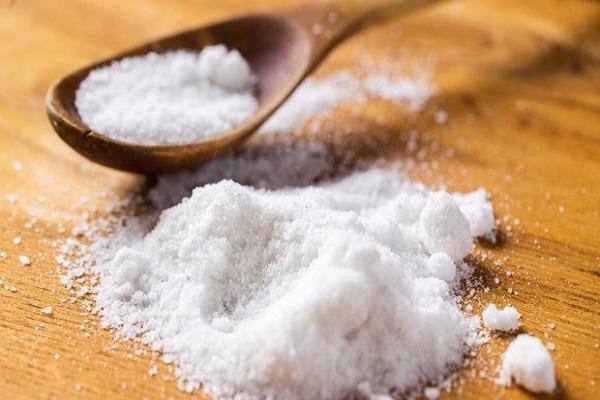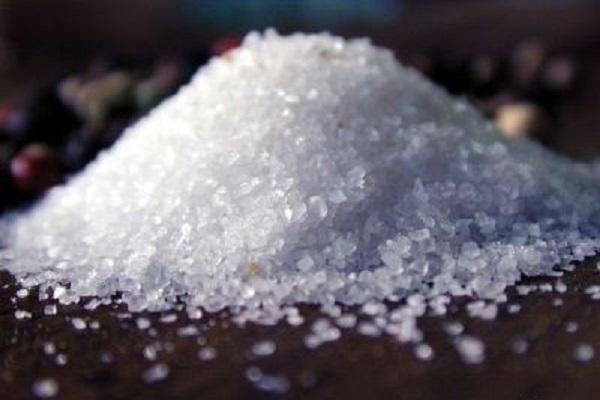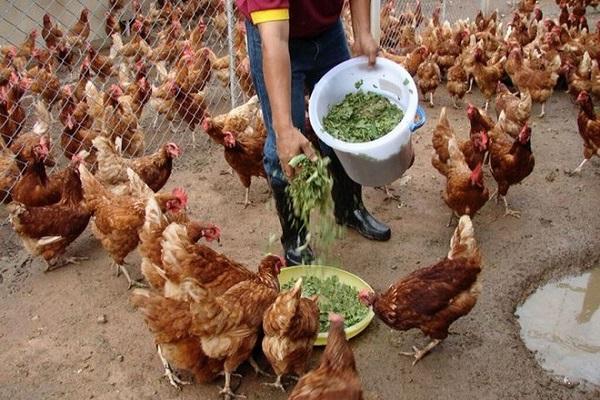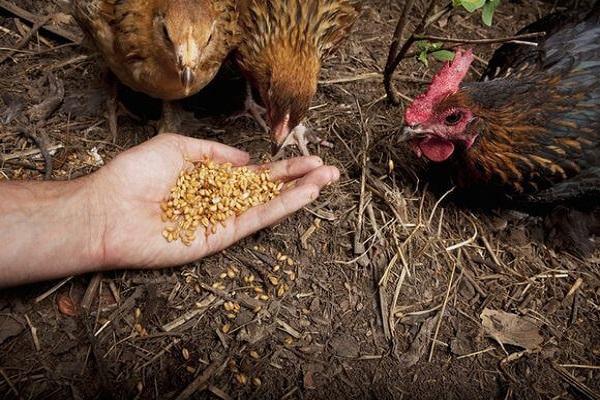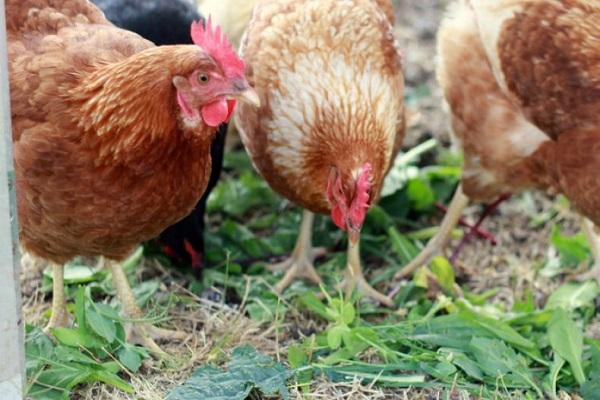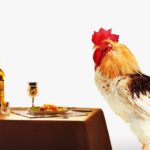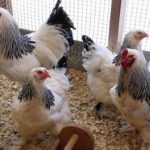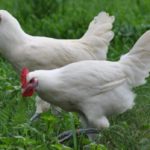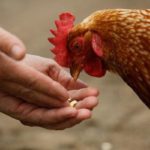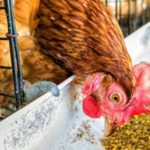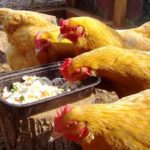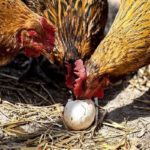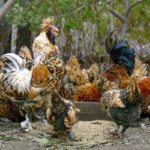Every farmer knows that mineral components must be present in the diet of poultry. But many poultry farmers doubt whether salt can be given to chickens and hens. This mineral substance consists of sodium, which is beneficial for birds, and harmful chlorine. Therefore, you need to add salt to food carefully, observing the dosage, and in certain cases it is better to refuse to use the additive.
Does chicken need salt?
Salt is a mineral, and mineral elements must be present in the diet of birds.They have a positive effect not only on the physical condition of chickens, but also on bone tissue, metabolism, and the functioning of internal organs. Chickens fed a mineral supplement produce more eggs..
Salt must be given to the chicks. Without this additive, cannibalism occurs in young animals; chickens begin to peck at each other until they have deep wounds in order to get to the salty blood.
If a poultry farmer raises chickens without walking or with rare walking, and does not use feed containing salt, then he must provide the mineral element regularly.
What's the benefit?
Without sodium chloride, chickens' bodies cannot function fully. The additive is necessary for:
- maintaining water-salt balance;
- disinfection inside the body;
- destruction of pathogenic intestinal microflora.
Sodium deficiency causes disruption of the heart muscle and other muscle structures, and negatively affects the functionality of the digestive system. Sodium supplements are given to laying hens to increase egg production.
Is there any harm?
Salt can be harmful to chickens if it is included in excess in the diet. The result is severe intoxication, which in most cases ends in death. Moreover, death occurs in a short time - in about 10 hours. And an increase in symptoms of intoxication is observed within 3-4 days after consuming an excess amount of the mineral.
The lethal dose for an adult is 4 grams per 1 kg of body weight. Poisoning is identified by the following symptoms:
- extreme thirst - the bird often drinks water;
- agitated behavior;
- release of vomit;
- rapid but heavy breathing;
- redness or blue discoloration of the skin;
- impaired motor ability, staggering and falling over of the bird when walking.
The dying state is accompanied by convulsions.
If the listed symptoms appear, and there is a possibility that the chickens have eaten an excessive amount of salt, then immediate resuscitation measures are required. First of all, the chickens need to be given a large amount of water, and not pour it into the drinking bowl, but make sure that the pets drink everything. If the chickens are in such poor condition that they cannot drink, then you will have to give them water by force: open the beak with your fingers and pour the liquid into the mouth using a syringe.
Some farmers, after watering, give sick chickens vodka or vegetable oil in a volume of 10 ml per individual. But you should talk to your veterinarian about this method of treatment.
To restore the body, chickens are given a decoction of flaxseed and a glucose solution. It is also recommended to lower the sick bird into a bowl of cold water.
Feeding rules
Add salt to your chickens' diet with extreme caution. The daily amount of mineral added to the feed of adult chickens should not exceed 1% of the total dry mass of cooked food. If we determine the norm based on the bird’s body weight, then one adult should not consume more than 1.5 grams of salt per day.
The mineral component is usually added to liquid mashes, where it dissolves. To make it easier to estimate the optimal dosage for the livestock, below is an approximate summer menu per day for one individual:
- grain – 50 g;
- fresh herbs – 50 g;
- flour mass – 50 g;
- bone meal – 2 g;
- meat – 15 g;
- crushed shell rock – 5 g;
- salt – 0.5 g.
A diet that helps increase egg production in chickens during the winter months can be as follows:
- grain – 50 g;
- boiled potatoes – 100 g;
- liquid mash – 30 g;
- sunflower cake – 8 g;
- fermented milk products – 100 g;
- herbal flour – 10 g;
- bone meal – 2 g;
- crushed chalk – 3 g;
- salt – 0.5 g.
Chickens are given finely ground salt. Add it to dry food in an amount of 1%. It is allowed to give the mineral from the 10th day of life of young animals. One young individual per day should receive no more than 0.05 g. When the chickens reach the age of 50 days, the daily dose can be increased to 0.1 g.
When is it not recommended to add salt?
No salt given:
- free-range feeding chickens;
- feeding on mixed feed;
- broiler breeds (a special diet is prepared for them).
If birds are free to range, salt is not needed as a food additive. Chickens are an omnivorous species, adapted to obtain pasture containing substances necessary for the bird’s body.
Some poultry farmers in the summer, when chickens roam freely around the estate, do not feed them at all. And the birds do not suffer from nutritional deficiencies.
Free-ranging chickens obtain a considerable proportion of sodium chloride from the herbs they consume:
- plantain;
- clover;
- sorrel;
- dandelion
Therefore, it is impossible to limit the consumption of fresh greens by chickens.
If the birds are kept without walking, but eat feed containing salt, then there is no need to additionally enrich the food with the mineral, otherwise there will be an excess. For the same reason, you cannot give chickens food intended for other farm animals, because the salt content in it is higher than the norm for the bird’s body. You can only feed feed developed for poultry, in which the mineral component is optimal.
The farmer must remember that salt for chickens is not food, but only a nutritional supplement that should be given with extreme caution. If there are doubts about the concentration of a mineral in any product, then you should not put this food in the feeder.Otherwise, poultry farming will end in failure..

